In 1988, Hayao Miyazaki's movie "My Neighbor Totoro" came out, which made the image of the fat and fat Totoro deeply rooted in the hearts of the people. It is said that it looks a bit like a cat, but it has nothing to do with a dragon. Some people think it looks like a dragon. The honest version of the big gray mouse.
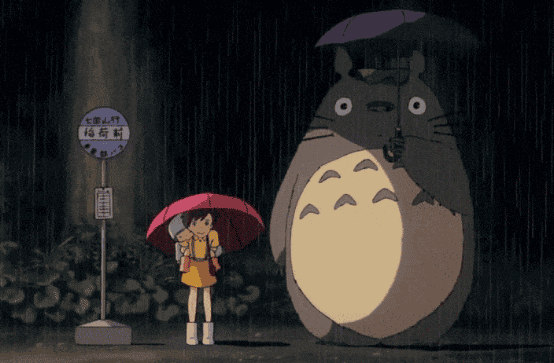
The round creatures are cute!
Picture source: the movie "My Neighbor Totoro"
It is said that 30 years ago, the original promotional slogan of the film was "Such a strange creature no longer exists in Japan." Hayao Miyazaki Change it to "Such a strange creature should still exist in Japan." Miraculously, after the animation became popular, an animal actually appeared in the pet market. Its name was "My Neighbor Totoro", and it looked exactly like the character in the animation. Are there really chinchillas in the world?
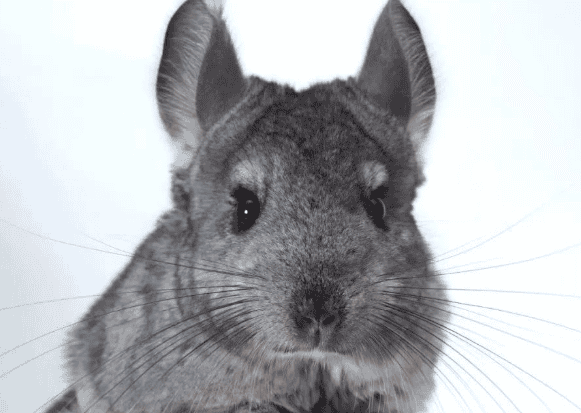
But why are you so small, chinchilla? Jiang
His fame is all about his face
The "My Neighbor Totoro" in the movie has a big mouth, a big belly, short limbs, and a hairy body. This cute look makes Totoro Become a "big IP" that is popular around the world. The character setting of My Neighbor Totoro actually originated from a legend that director Hayao Miyazaki heard when he was a child: At that time, in the countryside of Tokyo, it was said that there was an elf who knew the magic of invisibility and lived around humans. However, it is only invisible to adults, and children with pure hearts can see its traces. Hayao Miyazaki created "My Neighbor Totoro" based on this elf.
However, in the legend, there is no description of what the elf looks like. When Hayao Miyazaki drew the elf, he had to "piece it together" - a round and short figure and "big teeth" when he smiles. , comes from the panda father in an early animation "Panda Family" written by Hayao Miyazaki; the thick tail comes from the traditional image of "tanuki" (also known as raccoon dog); the patterns on the belly and the sound are all taken from owls ;The creator named it "Totoro".
My Neighbor Totoro turned out to be a stitch monster (bushi)
When the movie was first introduced to China, "Totoro" was directly transliterated into "Totoro". In 1992, it was produced by Changchun Film Production in my country When it was translated by the factory, it was translated as "Totoro". Later, Hong Kong people named it "Totoro": probably because of its shape like a fat cat, the word "cat" was taken, plus the "dragon" of Doudoulong. This name is a combination of characters - this name expresses the character of the peaceful and lazy elf and the invisible dragon, so it is the most widely circulated.
After "My Neighbor Totoro" became popular, a kind of name came from it. The chinchilla, a rodent in South America, has ushered in spring. Previously, chinchillas had been sold as pets on the market, but they were tepid. At this time, merchants discovered that the chinchilla looked like a chinchilla. ”, so he re-packaged “Totoro” as its trade name, and it became an instant success and became a popular pet. In the end, it even turned against customers: people who didn’t know the ins and outs thought that the “Totoro” in the movie was imitated from the fluffy silk
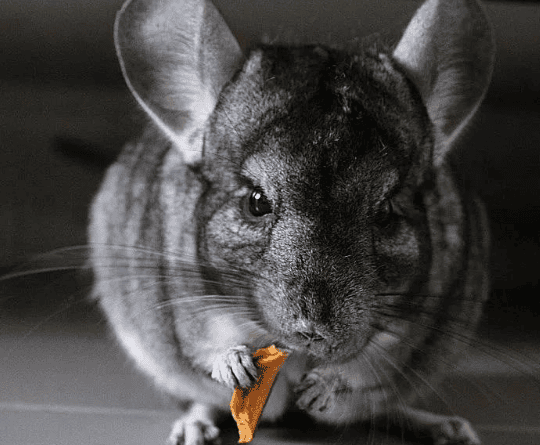
Although I don’t think so. Too similar, but that’s it for being cute
It’s also wrong to have thick hair
The chinchilla, which resembles a chinchilla, belongs to the order Rodentia, the family Chinchillaceae, and the genus Chinchilla. It is divided into two types: long-tailed chinchilla and short-tailed chinchilla. The commonly referred to as "Chinchilla" refers to the long-tailed chinchilla, which is only distributed in the four countries of South America: Peru, Bolivia, Chile and Argentina. It lives in the rocky mountains above 4,000 meters above sea level in the Andes. Fortunately, the chinchilla has dense fur, one of the densest among mammals: each pore can produce sixty or seventy hairs!
< p style="text-align: center;">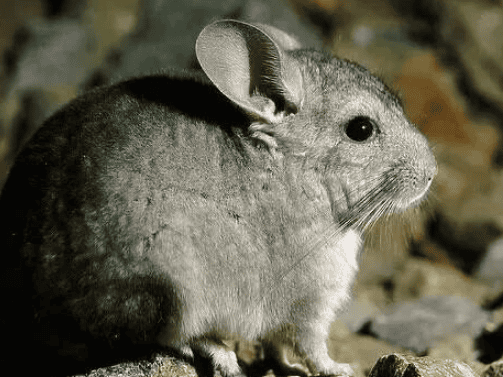
Touch my scalp and make a sound of envy
The aboriginal "Chincha people" living in the same area have been interested in this hair for a long time. They have the tradition of catching rats for meat and skinning them for clothing. In the 15th century, the Inca Empire conquered the Chincha people. Learned to use chinchilla fur to make clothes and regarded it as royal fur. Only royal family and nobles could wear it.
In the 16th century, after the Spanish conquered the Inca Empire, this South American specialty fur was brought to them. Europe. Europeans had never seen fur that felt so soft, light and warm. Nobles immediately rushed to buy it. As a result, chinchillas in South America were hunted in large numbers and almost became extinct.
No, how many chinchillas are there for this one?
At the beginning of the 20th century, four South American countries had introduced laws to strictly prohibit the hunting of chinchillas and the export of furs. Today, both chinchillas are still listed as endangered on the International Union for Conservation of Nature (IUCN) Red List.
It became popular because of its appearance
At the beginning of the 20th century, faced with the deteriorating wild chinchilla population, people began to artificially breed it. Nowadays, it is a popular pet, so it should be easy to keep, right? No. You may not believe it, but due to lack of experience, limited conditions, and unfavorable operations, several large-scale attempts failed.
At that time, Chapman, an American mining and metallurgical engineer, was hired to work in South America. He accidentally got a chinchilla. He was immediately attracted to this animal and came up with the idea of bringing it back to the United States for breeding. With permission from the Chilean government, Chapman hired 23 Indian hunters to go deep into the Andes to trap chinchillas. It took 4 years to finally capture 11 chinchillas, 3 females and 8 males.
Chapman and the Chinchilla
In 1923, these 11 elders were secretly put on a ship by Chapman (he was afraid that the captain would not let him take them) and shipped to the United States. To prevent the rats in fur coats from getting heatstroke on the ship, Chapman also set up compartments in the cages with ice cubes in them and covered them with wet towels. He personally stood guard by the cage and threatened the guests on the same ship: "I will sue anyone who disturbs my rats!" By the time they arrived in the United States, the 11 rats had turned into 12 - one was dead and another Two cubs were born.
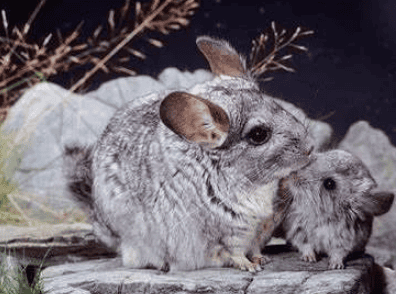
Everyone who has chinchilla rua? We should all thank Teacher Chapman!
Chapman opened a farm to explore the artificial raising and breeding technology of chinchillas. This period also went through hardships. First, it was discovered that there were pollutants in the water source that would make the rats infertile. As soon as the problem was solved, another thief came and stole half of the rats. Fortunately, Chapman is a tough guy and never gave up. In the end, he developed it! And the more you raise, the more you get. He single-handedly created the chinchilla breeding industry in the United States.
These artificial rats were originally made from fur to make coats or scarves. Later, people deliberately retained those individuals with well-behaved personalities, cute appearance, and not prone to getting sick for selective breeding, and they became today's pet "Chinchillas".
Chinchillas take a sand bath. The fine sand helps remove oil and dirt from their skin and fur. Video source: YouTube
Blessed by the popularity of the movie "My Neighbor Totoro", the chinchilla has become a worldwide pet. When you play with it at home, in addition to thinking of Hayao Miyazaki, you can't forget Chapman, because most of the "Totoro" on the market today are descendants of Chapman's 11 wild individuals!

 扫一扫微信交流
扫一扫微信交流
发布评论